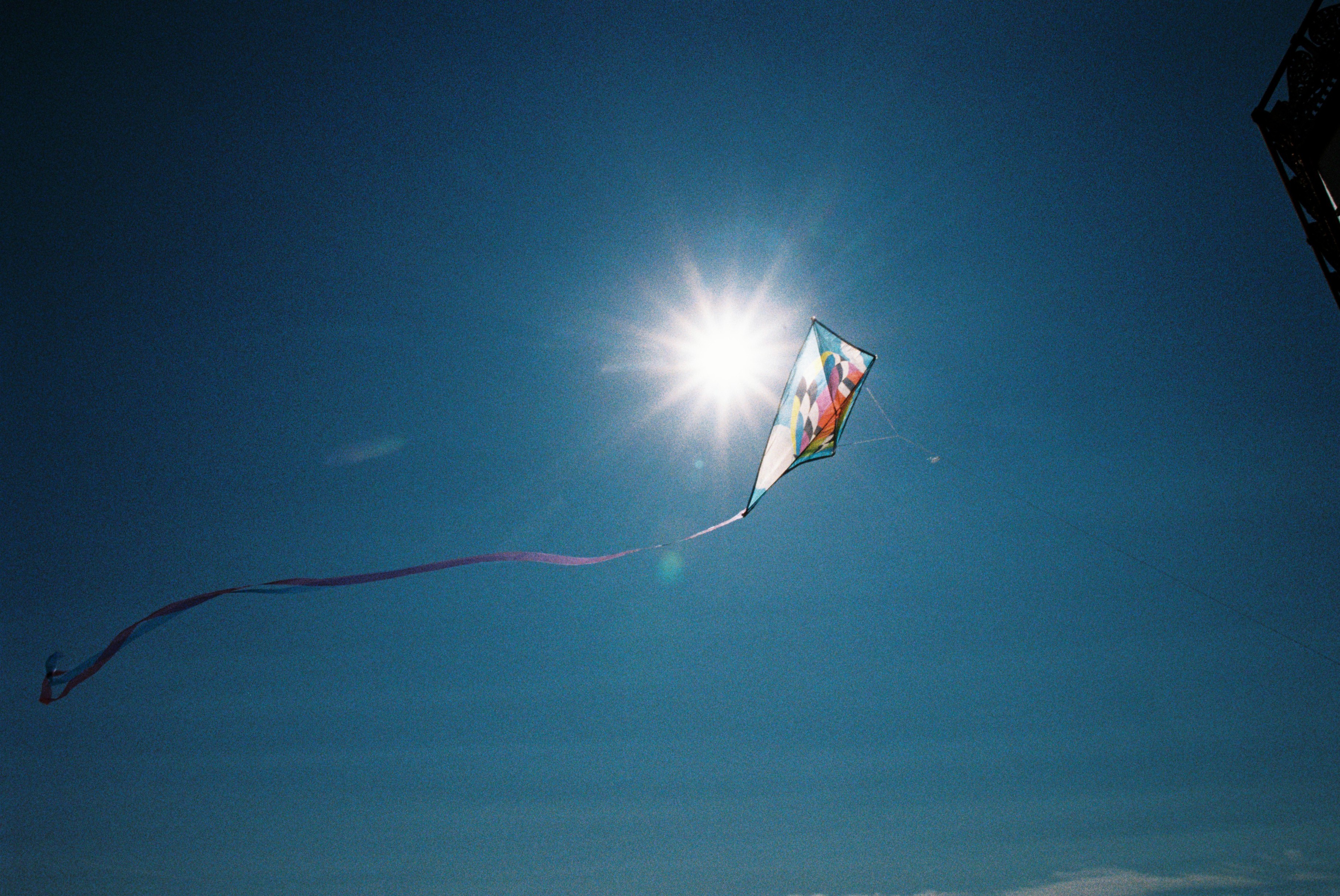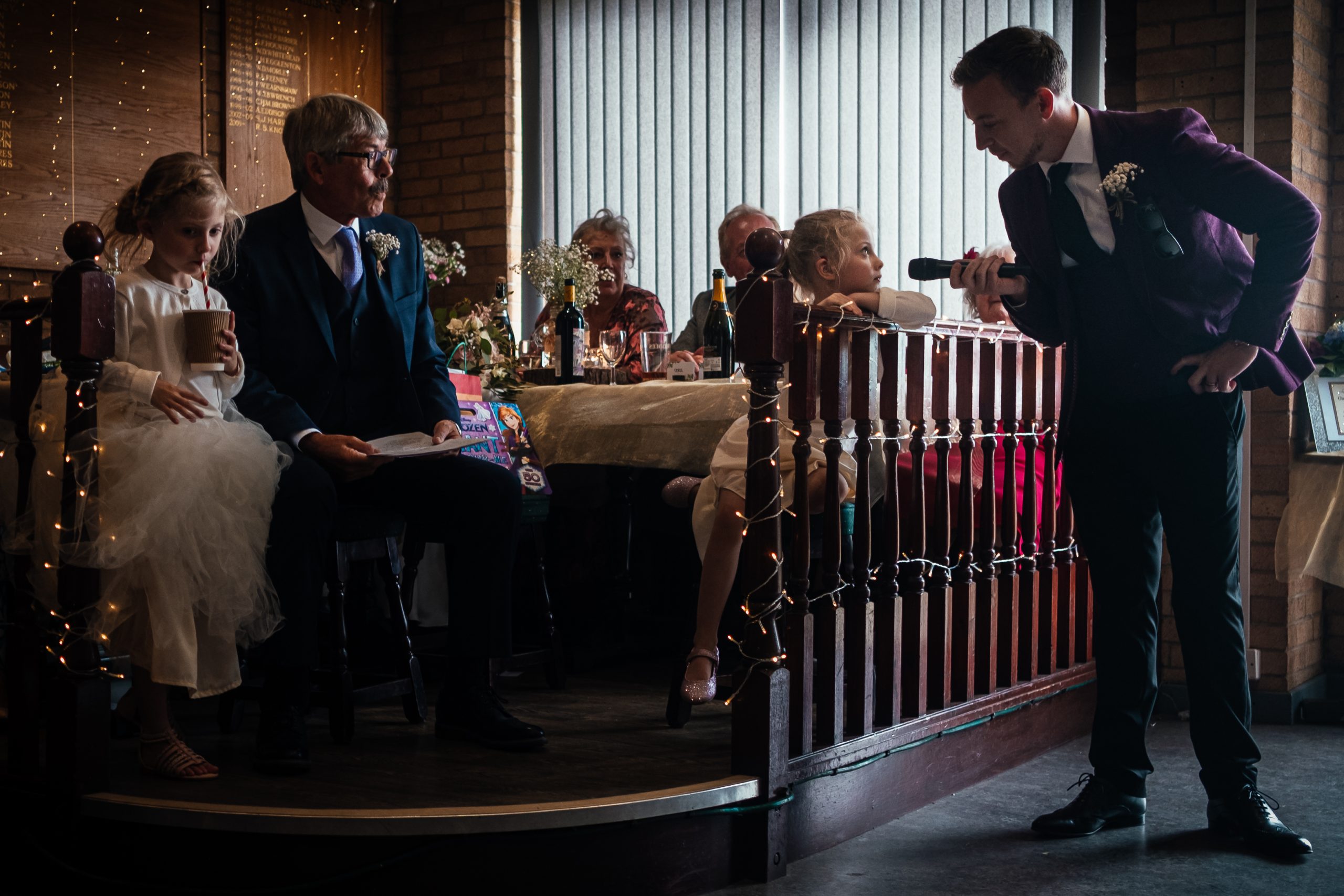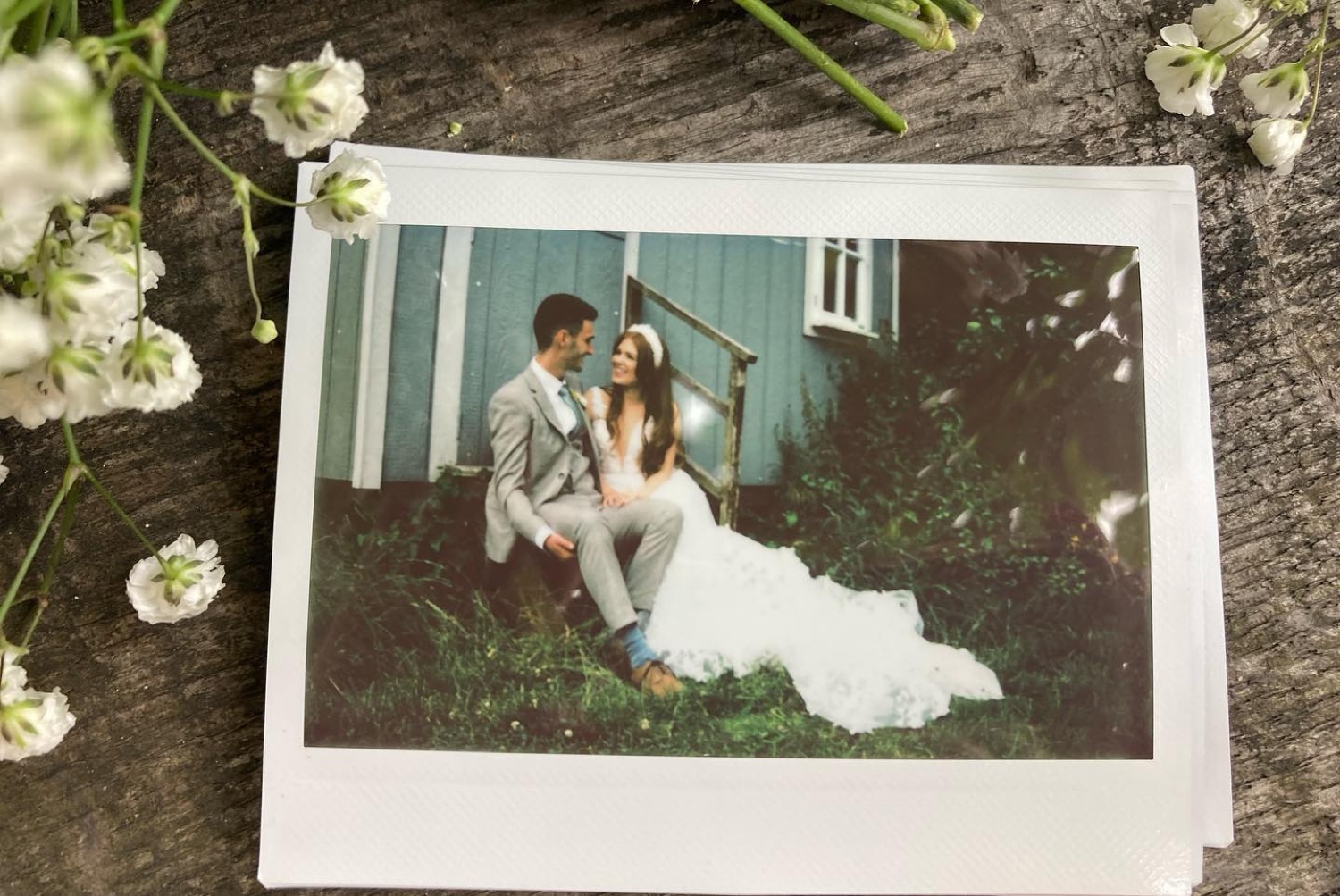Adventures in analogue photography
These past few years I’ve been shooting quite a bit more analogue photography. Using old film cameras that often, quite frankly, are older than me
It all started with a Nikon FM with a broken light meter that I picked up and put in Felix’s nappy bag for when we were wandering about (Felix is now 14, to put that in context). Since then there has been constant rotation of film cameras, as well as periods where I shot no film as I didn’t see the point.
I’m going to be honest – I’ve always had a mixed relationship with analogue film photography. It’s an expensive habit and messing around with vintage analogue cameras quite often ends up with just owning another paperweight. So if it’s expensive hassle, why do I keep on doing it?


JUSTIFYING FILM PHOTOGRAPHY
I always put aside time and money each year for learning. (I’m a professional wedding photographer as a day job) I attend workshops and seminars, I take in new ideas, see new work (or old work through fresh eyes) and meet new people.
But by 2022 I’d realised, I’m not good at sitting in rooms and listening to people. My mind goes elsewhere (what do we need in the shopping? Did I lock the door? What am I going to do about that broken wardrobe).
I’m very good at learning from books and doing things. I’m a hands on learner. So I justified that rather than spending thousands of pounds sitting in lectures wondering about my to-list, I’d spend the money on all sorts of vintage cameras and film instead and see what I learnt.
DIFFERENT APPROACHES TO ANALOGUE PHOTOGRAPHY
I think there’s so many ways to approach film photography. There’s a lomo approach which involves throwing caution to the wind and experimenting. Often with cheap, plastic lens, cameras (Lomo, Diana, Holga).

I’ve always struggled with this approach because, as mentioned previously, film is not cheap to either buy or get processed
(Although I did convert my Holga to shoot 35mm to make it more economical. This sounds like a good idea, but you have to make a different calculation of how far to wind the film between each shot…. And framing a photo is impossible)
And I do work this way on polaroid and instant film, so it’s not an approach that I’ve completely rejected
And I don’t really think it’s me – it makes for brash photos, often with harsh flash and dynamic framing. And whilst I think it works for some subjects (like the wonderfully kitchen-sink work of Richard Billingham), it’s really not my style when it comes to professional wedding photography.

To put that in context, my favourite film photographers are people like: Jane Bown, Josef Koudelka, Alex Webb, William Albert Allard, Mary Ellen Mark.
I’m not saying me photographing my personal life on film looks anything like this (in fact, as you’ll see, it falls far short) – but you can see I’m drawn to a far more documentary, natural light style that requires fast lenses and a different kind of hope.
Some of my favourite film photographers

WHAT DO I GET OUT OF PHOTOGRAPHING WITH FILM?
For me, picking up a new camera, especially something vintage and primitive, makes you have to go back to basics and relearn. As I mentioned before – my Nikon FM didn’t have a functioning light meter, so I just had to train my brain to guess. (In the present day you can actually download an app to your phone to do that if you want)
Modern cameras do so much for us that sometimes I think we forget about the processes involved in taking a photo. We don’t have to worry about exposure or focusing, because the camera can do that all for us. The only thing left is the composition of a photo (I should imagine they will find a way of AI-ing this into camera bodies in the near future)
And whilst some may argue that’s a good thing (a sort of F/8 and be there mentality where you just focus on content) – it stops us thinking about a lot of artistic options. Because if those decisions have already been made by the camera, then you have to overrule them. And I don’t know about you, but I’m a lazy bastard and in the heat of the moment, I’ll probably miss those other opportunities.
Although – Ta-da – if you exercise those faculties regularly. The ones that say, how are we going to do this? How’s the photo actually made? Then you’re more likely in that moment to say, actually, let’s do it differently this time. Let’s take creative control.
Also when I get the photos back, I see things I want to steal and try to replicate in my digital photography. Sometimes I can’t quite nail it (often it’s a case of letting go and being more relaxed than taking control), but usually I can move towards it. So analogue photography for me can be a guiding light aesthetically.
There is also a lot of room for experimentation with different film stocks and cameras – and through all this you learn a lot about both your preferences as a photographer and it helps you explore future ways you can work (both in digital and in film).
Is Analogue Photography about the Nostalgia?
A big part of shooting 35mm film is the unique aesthetic – characterized by grain, color rendition, and contrast that is completely different to the crispness of digital images. Different film types can impart different moods and atmospheres to photographs.
I do often question how much is just nostalgia for different times – like collecting vinyl records. But, if I put on a record, I listen to the whole record. It’s not like spotify where I’ll probably change my mind and be listening to something else in 3 minutes. Maybe the act of having to choose a film speed and stick to it is similar, you only have one groove you can move down?
Also, like the fuzzy bass of Vinyl (I love that sound) – film brings it’s grain, it’s muted shots where you totally missed the exposure, the unexpected. I think that’s where a lot of the love of the feel for analogue photography comes from.


Film Photography Q & A
I want to buy a film camera – what do I get?
There are a million options – I really like the Nikon FM / FE cameras, Olympus OM series. Lots of people like the Canon AE1. The Zenit’s I’ve had have eaten my film (which is expensive and frustrating) and the Contax cameras have too many electronics, so could be on the verge of death.
More important is to buy something that’s been film tested and hopefully serviced recently. Trying to fix broken cameras the costs can soon mount up (especially if you’ve shot and processed film from them already).
Can I develop at home ?
I don’t, because I’ve all the dexterity of a T-rex, but many people do, and I think it adds another tactile layer to the experience – the experience of producing something from start to finish.
Personally most of my stuff goes to Analogue Wonderland – see below for free goodies.
How do I choose the right film for my photography?
Consider factors such as the desired aesthetic, lighting conditions, and personal preference. Experimenting with different films can help you discover which ones best suit your style and subjects and shooting conditions.
What are some good films to begin with?
We live in an era with tons of great film stock – although a lot of old favourites have gone out of production (looking at you, fujifilm). Kodak Portra and Tri-x are good film stocks – but I really love HP5 for black and white and the nostalgic feel of colorplus (and the pricepoint is easier on the wallet). Cinestill, lomography and Harman are putting out lots of new and experimental films due to the resurgence in film photography.
What about medium format?
Medium format photography gives you a much larger negative – which means the photos will have more depth and detail. Also the comparatively wide apertures on some lenses will give you that ‘medium format’ look. (Although you can get a similar look with a 50mm f/1.2 lens on 35mm).
On the other hand, you’re only going to have 8-12 frames to play with on each roll of film. So you need to shoot carefully.
How do I digitize my film photos?
You can digitize film photos by scanning the negatives or slides using a dedicated film scanner, a flatbed scanner with a film scanning attachment or by photographing with a macro lens on a digital camera. Alternatively, most labs offer scanning services.
Film Processing
Most of my development and printing is done at Analogue Wonderland. It’s also where I buy most of my film. If you use my referral link you can get a free roll of Kentmere 400 when you order.
(I also get some wonderpoints, which help me afford film and processing)
















